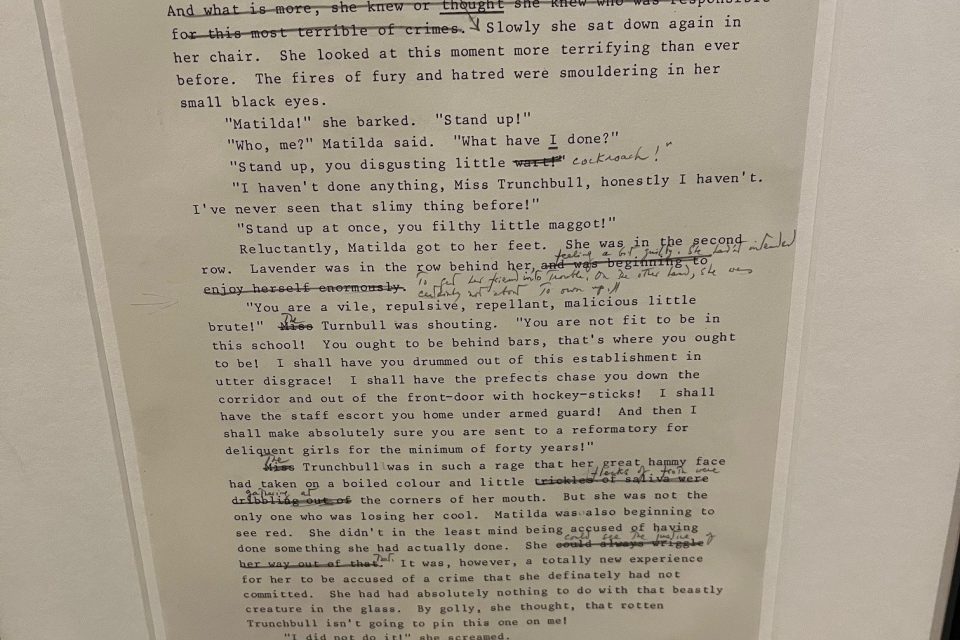
In-house teams – the gold standard or should freelancers be part of the mix?
June 5, 2024
Don’t be a writer: Why agencies should stick to their strengths
July 10, 2024Can you spot the magic in the mundane and turn it into a great media story?
Older readers will remember that the definition of “getting spiked” used to mean your press release would be rejected and literally stuck on a spike by a journalist or news editor. (I accept there’s a whole new, and much more sinister definition these days.)
The newsdesk spike represented the harsh reality of being in public relations; a physical symbol of whether or not your story was interesting to the wider public.
This measure of success – held entirely in someone else’s hands – made you learn pretty fast what would get coverage and what wouldn’t.
And it’s no different today. Cision’s recently released State of the Media Report highlights that journalists’ number one request of the PR profession is:
“Understand my audience and what they find relevant.”
Combine this with the report’s insight into journalists’ number one challenge – media downsizing and reduced resources – and you can see how knowing that you have the right story for the right audience is a fast-track to success.
So if you work in PR, you’re doing an apprenticeship in storytelling almost without realising it. And with the toughest of assessors.
FROM MUNDANE TO MAGICAL
“We’re just doing our annual data-gathering on fish populations,” was what I was told.
It was only when I started asking exactly how they got the data that I discovered the fish would be stunned into a dream-like state with electricity, before being netted out, measured, having a scale sample taken and put back, all without causing them any distress.
You can imagine the pictures this activity created, so it’s no wonder it became an annual story we offered to regional media while I was at the Environment Agency. It was just every-day data gathering for the teams who did it, but it was fascinating for the wider public and made a great media story.
Knowing instinctively that there’s a story underneath what others consider to be mundane is part of the magic of PR.
WHY STORYTELLING MATTERS
Since humans drew pictures on cave walls and shared oral history around fires, we’ve used stories as the medium for passing on information. And it’s no accident.
Research shows the human brain is programmed to respond to stories in a way it just doesn’t with data.
1. STORIES CUT THROUGH DISTRACTIONS
In a micro-content world, attention is everything. Brands, phones, and people all fight for it. Frankly, attention is the new gold mine, being monetised by companies around the world. To grab it, stories make our brain’s neurons fire in a process called neural coupling, according to work by researchers Greg J Stephens, Lauren J Silbert and Uri Hasson. These neurons are mirroring those in the storyteller’s brain, creating a link between them and the brains of the audience member or reader. (Distressing stories also make us produce cortisol, which is sometimes called the attention hormone, but we don’t always want to use that.)
2. STRONG STORIES ARE BUILT ON EMOTIONS
We make decisions with our emotions and rationalise them afterwards. So it’s more powerful to engage your listener’s emotions than to try to speak to their rational brain. Experiencing these emotions creates empathy with the speaker and that emotional connection is stronger than anything built on data alone. If you’re captivated by a story your brain is producing oxytocin, a neurotransmitter sometimes called the love hormone, which increases compassion, generosity and trust.
3. GREAT STORIES CREATE BETTER UNDERSTANDING
We’ve all heard “show, don’t tell” as a shortcut for saying you need to enable your audience to understand by painting a rich picture, rather than just stating facts. Stories are the shortcut to understanding, moving audiences from being baffled by complex concepts, to grasping them with ease. There’s a reason we all know that Isaac Newton conceptualised gravity when he was hit on the head by an apple.
4. STORIES AFFECT BEHAVIOUR
One of the top researchers in this field is Dr Paul J Zak. His research showed, among many other things, that people are more likely to donate to a cause after seeing a story with emotional impact.
STORYTELLING AS STANDARD
It’s not just in a frontline media role that storytelling has a place.
Whether it’s using a colleague’s experience to get an internal comms message across or weaving case studies into an annual report, stories are the thread that links all great comms activities.
You don’t need to continue working in PR to use those skills either. Project managers trying to get partners on board. People writing grant applications or award entries. Teachers trying to engage a class full of reluctant learners. They are all storytellers.
Completing your apprenticeship in storytelling makes you valuable to almost any profession.
These days I spend my days running a specialist copywriting agency. We do steps one and two of PR (find a story, tell a story), without the hard bit at the end (get a journalist to print/broadcast a story).
Stories are absolutely the heart of what we do. Because there’s not really any B2B or B2C, just B2H – business to human. And we humans love stories.
The end.
This opinion piece was originally published on Influence Online in July 2024.



